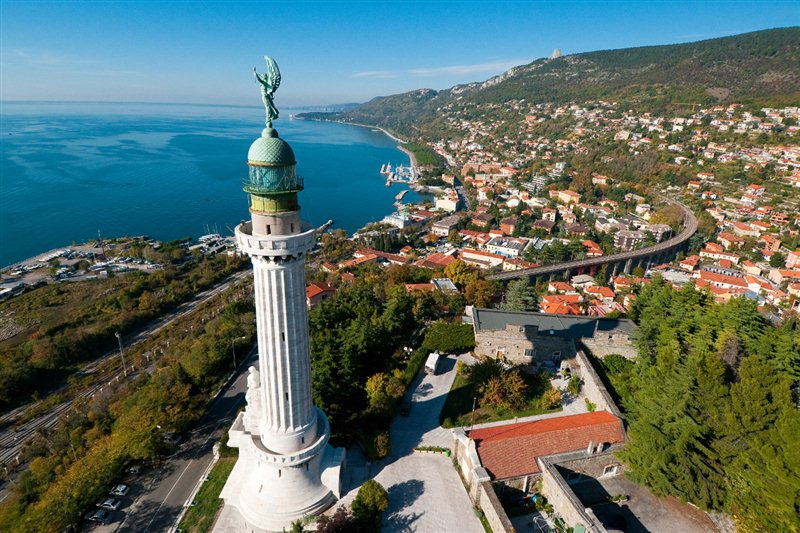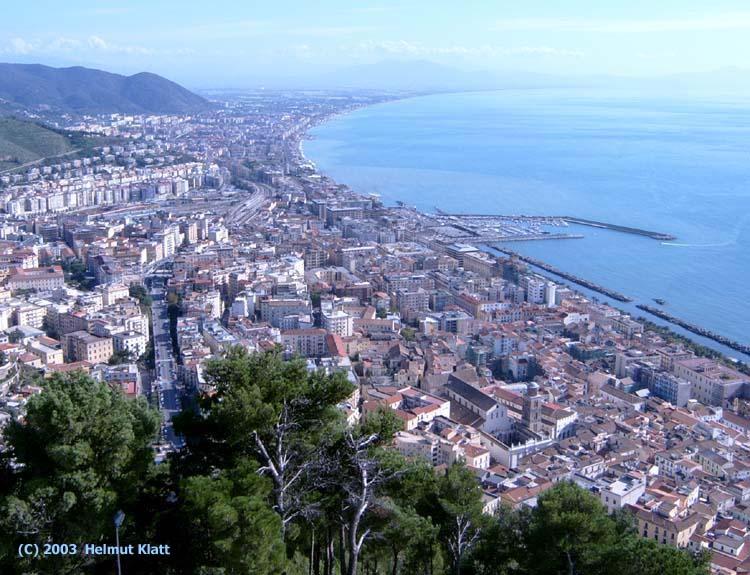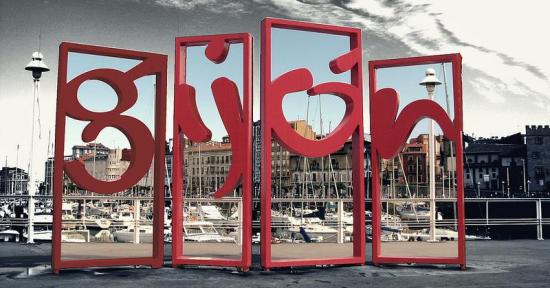- Apr 30, 2011
- 47,289
- 29,944
- 28,180
fauniera said:Giro d'Italia
Stage 1: Erice - Trapani, 16 km ITT
Imagine if they were to descend the south side
I love it!
fauniera said:Giro d'Italia
Stage 1: Erice - Trapani, 16 km ITT

























Looks like an Amstel Gold Race on steroids!Asturiano said:I live in Gijón, it's a lovely city in the north of Spain it has many possibilities to create a really hard and beautiful race if someone wanted. Take a look at it.


Climbs (name: distance – medium percentage – maximun percentage):
1.El Muselín: 840 m – 10,7% – 24%
2.Monte Areo: 2400 m – 5,9% – 14%
3.La Formiga: 650 m – 8,7% – 11%
4.Luanco: 950 m – 8,5% – 16%
5.El Monte: 1200 m – 6,8% – 11%
6.Cabo de Peñas: 800 m – 5% – 8%
7.La Granda: 1450 m – 4,5% – 8%
8.El Campo: 1600 m – 4,6% – 13%
9.Piedramenuda: 850 m – 8,7% – 13%
10.La Eria: 1900 m – 4,8% – 8%
11.Zanzabornín: 600 m – 8,3% – 12%
12.El Llano: 650m – 7,7% – 15%
13.L’Alto la Iglesia: 660 m – 8,3% – 10%
14.Xabina: 620 m – 10% – 17%
15.El Palacio: 1150 m – 6,1% – 11%
16.El Fundial: 500 m- 10,2% – 11%
17.Villar de Riba: 2150 m – 5,2% – 13%
18.Montegrande: 530 m – 9,4% – 15%
19.Retuerto: 2000 m – 6,5% – 15%
20.Monteagudo: 1600 m – 7,1% – 14%
21.Santueña: 1500 m – 9,1% – 17%
22.Gallinal: 1900 m – 6,2% – 15%
23.La Teyera: 850 m – 7,4% – 17%
24.La Coroña: 1850 m – 6,3% – 9%
25.Cementerio de Cenero: 1300 m – 5,4% – 8%
26.Los Llanos: 2500 m – 8,1% – 18%
27.Pico Mil Cuatrovientos: 3000 m – 8,2% – 16%
28.San Martín de Huerces: 1150 m – 5,5% – 13%
29.Lavandera: 1600 m – 8,1% – 15%
30.La Cuadra: 1300 m – 7,8% – 12%
31.Caldones: 1300 m – 7,5% – 13%
32.Túnel de Infanzón: 800 m – 9% – 14%
33.Ñora: 1100 m – 7,8% – 15%
34.Alto de Somió: 770 m – 7% – 10%
35.La Providencia: 470 m – 8,2% – 11%
36.Cerro de Santa Catalina: 410 m – 5,3% – 14%
You can watch photos of the route here where it says "Imagenes del recorrido":
http://plataformarecorridosciclistas.org/2013/09/16/la-clasicona-gran-premio-ciudad-de-gijon/
SetonHallPirate said:Looks like an Amstel Gold Race on steroids!





Unfortunately, I can't do such a race of my own home area. Well, I could, just that the race would be pan-flat.Libertine Seguros said:Very interested to see how this one goes, since it's an idea I've tried to flesh out a couple of times.
Also, Asturiano, I saw your GP Ciudad de Gijón linked on APM recently, very nice little race, most of the climbs short enough that it's not a pure climber's race but with nearly 40 of them, that's going to break some legs.








Libertine Seguros said:There is a one-day race between these two former Yugoslav capitals. It is rated 1.2 and is invariably won by Slovenes, usually from the Adria Mobil squad. It alternates which direction it travels; it appears either not to have been held or to have lost UCI status this year; last year's race was from Zagreb to Ljubljana and was won by Marko Kump in a sprint.





